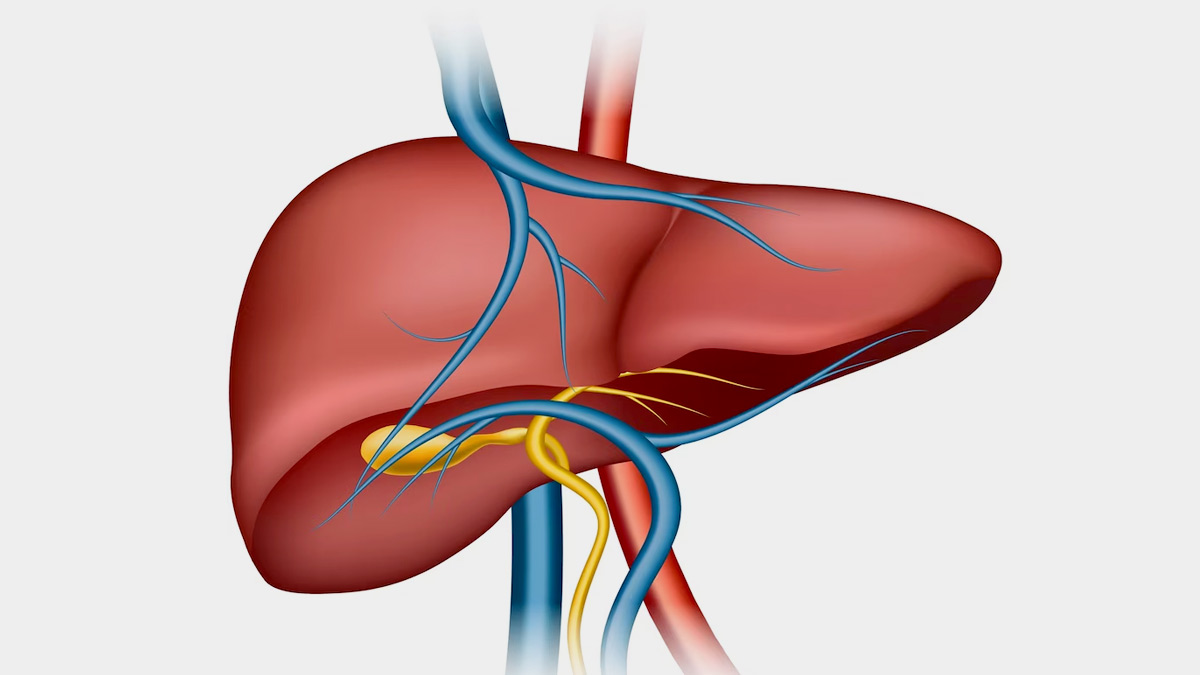
As we journey through life, our bodies undergo various changes, and some of these changes may come in the form of swollen body parts. While occasional swelling might be a normal response to certain factors, persistent or recurrent swelling after the age of 30 could signify underlying health issues that warrant attention.
Table of Content:-
The Role of Aging
As we grow older, our bodies undergo natural processes such as decreased muscle mass, changes in hormonal levels, and alterations in fluid balance. These factors can contribute to the development of various health conditions that may lead to swelling.
Common Causes of Swelling After 30
Fatty Liver
"A recent study suggests that Alcoholic Fatty Liver Disease (ALD) is responsible for around 50% of all chronic liver disease cases in India," said Dr Krishanu Banik, Consultant-Gastroenterology, Fortis Hospital, Anandapur, Kolkata.
An enlarged or distended abdomen, also known as a "pot belly," is one of the most visible signs of fatty liver.

Fluid Retention
Hormonal changes and shifts in kidney function that occur with age can lead to fluid retention, resulting in swelling of various body parts, including hands, feet, and ankles.
Lymphatic System Changes
The lymphatic system plays a crucial role in maintaining fluid balance. Age-related changes in the lymphatic system can contribute to fluid buildup and swelling, especially in the extremities.
Arthritis
Osteoarthritis and rheumatoid arthritis are more prevalent after the age of 30. According to Dr Vivek Mahajan, senior consultant, Orthopaedic and Joint Replacement Surgeon at Indian Spinal Injuries Centre, joint inflammation and fluid accumulation can cause swelling and discomfort.
Cardiovascular Issues
Conditions such as heart failure and venous insufficiency can lead to fluid retention and swelling in the legs and ankles.
Hormonal Fluctuations
As per research, hormonal changes, particularly during pregnancy or menopause, can result in fluid retention and swelling in various body parts.
Inflammation
Chronic inflammation, often associated with obesity or other underlying conditions, can contribute to swelling.
When to Seek Medical Attention
While occasional and mild swelling might not be cause for concern, persistent or severe swelling should not be ignored. It's important to pay attention to the duration, location, and accompanying symptoms of the swelling. If you experience any of the following, consider seeking medical attention:
- Swelling that persists for several days or weeks without improvement.
- Swelling that is accompanied by pain, tenderness, or warmth.
- Swelling that is localised to one specific area or affects multiple body parts.
- Swelling that is sudden and unexplained.
- Swelling accompanied by other symptoms such as shortness of breath, chest pain, or changes in urination.
- Managing Swelling and Promoting Health
Stay Active
Engage in regular physical activity to support circulation, muscle strength, and overall health.

Maintain a Balanced Diet
Consume a diet rich in fruits, vegetables, whole grains, lean proteins, and healthy fats to support your body's nutritional needs.
Stay Hydrated
Adequate hydration helps maintain fluid balance and can prevent excessive fluid retention.
Swelling of body parts after the age of 30 can be a sign of various underlying health conditions, ranging from benign causes to more serious concerns. As your body undergoes natural changes with age, it's important to pay attention to persistent or unusual swelling and seek medical guidance when necessary.
By staying mindful of your body's signals, adopting a healthy lifestyle, and addressing potential issues promptly, you can proactively manage your health and ensure a vibrant and fulfilling life beyond your 30s.
Also watch this video
How we keep this article up to date:
We work with experts and keep a close eye on the latest in health and wellness. Whenever there is a new research or helpful information, we update our articles with accurate and useful advice.
Current Version